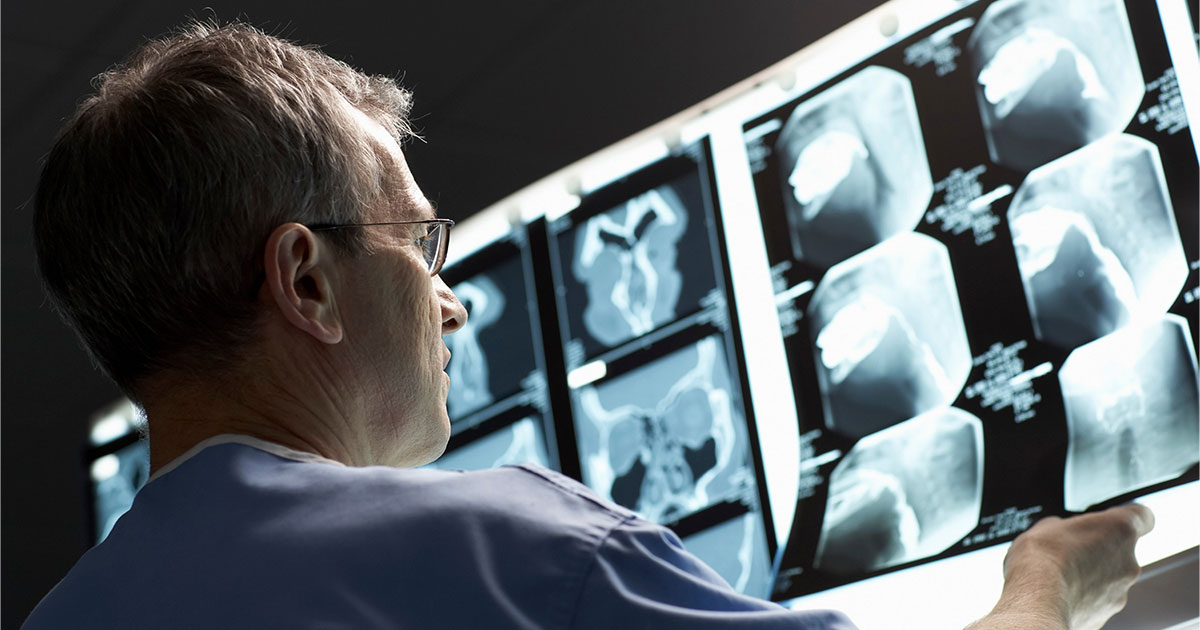The first cases of AI use in radiology were first seen in the early 90s with the introduction of computer-aided detection. Still, it wasn’t until the mid-2010s that its true potential for solving problems began to be utilized. The global AI in medical imaging market was valued at $2.80 billion in 2023 and is expected to reach $29.28 billion by 2029. Because of AI’s growing implementation in primary medical imaging specialties worldwide, the market is experiencing exponential growth and awareness.
The benefits of AI in radiology go beyond faster diagnosis. Enhanced images and quick-available reports, scans and x-rays greatly help ease radiologists' workloads while providing higher accuracy and sensitivity. A report completed by Harvard Medical School shares how, more than merely finding and presenting abnormalities in images, AI reports can “convey complex diagnostic information, detailed descriptions, nuanced findings, and appropriate degrees of uncertainty.” This can be seen in an image interpretation process known as segmentation. When done manually, the process is time-consuming as radiologists individually divide images representing normal and abnormal tissue. However, an AI system can scan and measure abnormality volume in substantially less time.
With all its advantages, it's important to emphasize that AI technology is not used as a replacement but rather as a tool to aid radiologists with accurate, in-depth results while easing their pressures. Many healthcare professionals support the integration of AI in their practices, with a reported 75% of 487 interviewed physicians from 54 countries favoring AI expansion as a diagnostic tool to improve workflow efficiency and quality. A report published by the Cambridge College of Healthcare and Technology stated that:
“While AI is undoubtedly a powerful tool, it cannot replace the invaluable expertise and experience that human radiologists bring to the table. Radiologists possess an intrinsic understanding of the human body, and their ability to interpret medical images and make sound clinical decisions remains crucial in radiology. Instead of viewing AI as a competitor, it should be seen as a valuable assistant that can augment the capabilities of radiologists and help them excel in their roles.”
By utilizing the latest advantages in AI technology, radiology and healthcare as a whole can grow to serve more patients worldwide and aid in their diagnosis and treatment.

About the author
Heather Bertils
Vice President, Radiology
Heather Bertils joined LocumTenens.com in January 2006 as an account executive in sales, bringing over 20 years of experience in the healthcare industry to the company. Currently serving as Vice President of Radiology, Heather oversees the planning, development, and implementation of sales and business strategies within her division. She holds a Bachelor of Science degree in Business Administration from Shorter University. Heather, a Georgia native, finds joy in playing tennis, exploring new destinations, and cherishing moments with her husband, son, and cheering on Georgia football during football season. Go Dawgs!





